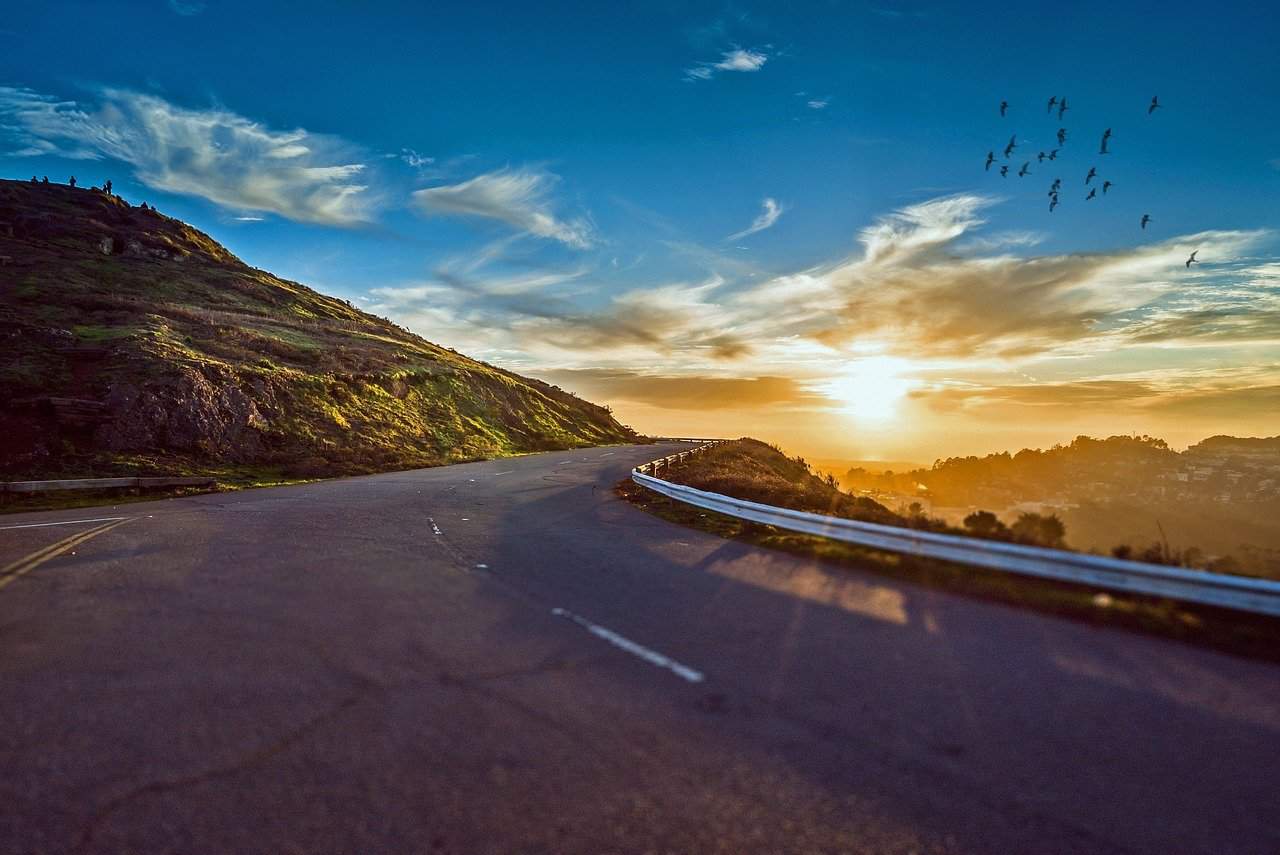
Steep trails are a host of dangers. It is no different on roads in the mountains, where one sudden movement of the steering wheel can lead to the vehicle falling off the road. So how do you make sure that doesn’t happen?
Mountain roads are often steep, be prepared for a lot of curves, as well as roads over the precipice. How to get to your destination calmly and safely? We will write about it today. Discover ten tips to help you survive even the toughest car journey in the mountains.
The first and basic rule concerns the car, or rather its efficiency. Always opt for an inspection before you travel to the mountains. Brakes and shock absorbers are the two most important components that must work 100%. You can’t forget about proper quality winter tires. Also, remember to check your handbrake.
The risk of an accident or collision on a mountain road, especially a winding and steep one, is considerable. So don’t skimp on insurance. If you only have third-party liability insurance, opt for short-term autocasco with an assistance package. Wherever you are, help will come and you won’t pay for towing and repairs!
On mountain roads the maximum speed is 50 kilometers per hour, sometimes less. However, if the road is slippery, snowing, and visibility is limited, don’t exceed 30 kilometers per hour. You can go even slower if you want. The most important thing is safety. Leave reckless driving for other roads, or preferably the track.
Mountain roads are quite narrow. There is often very little space between two cars when they pass each other. If you cut the corner even minimally, you may have a big problem with cars coming from the opposite direction. It is better to slow down before the turn and pass it in your lane. It’s better to slow down before the turn and take it in your lane, as the other driver may be cutting it too!
Driving uphill in second gear at 30 kilometers per hour? It’s a pain in the ass for your car. Always drive in the highest possible gear, but of course don’t overdo it or your car will stall. Also, remember that when going downhill it’s best to brake with the gears, instead of fourth gear put in third, the car will go down at a constant speed. Of course control your speed with your foot over the brake.
Have you been driving in the mountains more often lately? Maybe you plan to? Then you must remember about brake fluid. It should be changed more often, because you will use your brakes more.
Ahead of you is an empty road? Good, but that doesn’t mean you have to go faster. Remember, adjust your speed to the road conditions, especially the weather. Mountain roads can be treacherous; even seemingly dark asphalt can be covered with a fine layer of ice. If you accelerate hard, your wheels will start to spin and you may not be able to control the vehicle.
It’s not that winter tires are enough. They also need to be relatively new. The tread should have plenty of depth. Then you can be sure that if you lose control of the car, the wheels will not quickly refuse to obey.
When you see a car in front of you, don’t try to get too close to it. Remember, the road can be slippery. Keep a distance of at least a good few metres, it could be as much as a dozen, the further the better. When the vehicle in front of you brakes, you will have more time to react, even if the road is slippery.
You’ll think “what difference does it make” – a big one! Parking in difficult conditions is crucial. The driver of the car behind you needs to see yours early enough. Positioning yourself quite close to the road is quite a danger to you and the person driving the oncoming vehicle. Hide your car deeper if the terrain allows it.
As you can see, there are quite a few rules to remember when driving in the mountains. You can’t forget to practice, either; change your habits by simply taking mountain routes more often. Experience is the most important rule, and habits will make you do everything automatically.
(Photo: pixabay.com)